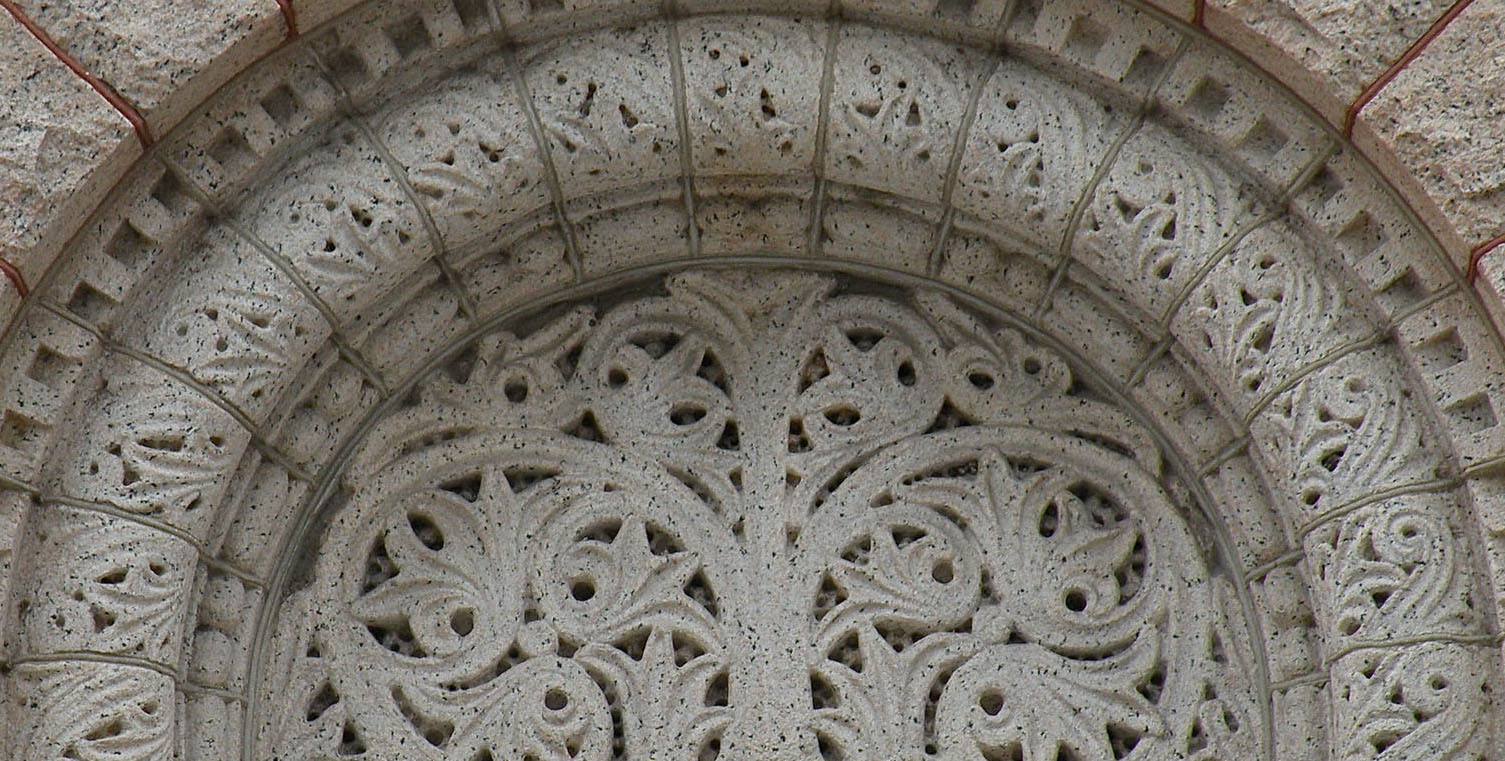Welcome to Glessner House
Step back in time and immerse yourself in the rich history, art, and architecture of Glessner House. A National Historic Landmark, this cultural center and museum is a beacon of innovation, showcasing revolutionary design and celebrating the cultural arts from the late 1800s to the present day. Filled with original artifacts and unique family history, Glessner House is a one-of-a-kind experience.
Join us for immersive tours, engaging events, and educational programs that bring the past to life and connect you to the power of design and the cultural arts. With rental opportunities available, Glessner House is also the perfect venue for corporate events and memorable gatherings.
For a truly enriching experience just steps from Chicago’s Museum Campus on historic Prairie Avenue, visit Glessner House and discover the deep cultural heritage that makes this city so special.
Educational Programs
Special Exhibits
Concerts
Culinary Demonstrations and Dinners
Off-site Excursions
Community Events
The House
Designed by the legendary American architect Henry Hobson Richardson, this architectural marvel was completed in 1887 and continues to be a renowned treasure in the city of Chicago. A radical departure from traditional Victorian architecture, this revolutionary structure served as a source of inspiration for some of the greatest architects of all time, including Louis Sullivan, Mies van der Rohe, and a young Frank Lloyd Wright. Experience the beauty of this architectural masterpiece and be inspired by how it redefined domestic architecture.
The Family
John Jacob Glessner, Frances Macbeth Glessner, and their two children, George and Frances (Fanny) called Glessner House home from 1887 until Mr. Glessner’s death in 1936. While the Glessner name is not as well known as their neighbors at the time – Pullman, Field, Armour, Kimball – their philanthropy and support of various causes and institutions, including the Art Institute of Chicago, the Chicago Symphony Orchestra, and the University of Chicago was considerable and has had a lasting impact.
Daughter Frances Glessner Lee is perhaps the most famous of the Glessner family. She was a pioneer in the field of legal medicine and is widely regarded as the "mother of forensic science." She is best known for creating the "Nutshell Studies of Unexplained Death," a series of intricately detailed dioramas that were used to train investigators in the art of crime scene investigation. Today, they are still used as a teaching tool in forensic science and criminology.
The Neighborhood
Following the Great Chicago Fire, a six-block section of Prairie Avenue served as the residence of many of Chicago's elite families, including nearly 90 mansions that earned it the name "the sunny street that held the sifted few." At the time of the 1893 World’s Columbian Exposition, Prairie Avenue was publicized as a must-see attraction for visitors to the city.
Today, Prairie Avenue is once again a must-see attraction. While many of the original mansions no longer stand, there are a few significant homes from the period that can still be viewed during a short stroll down the quiet, treelined avenue. Just blocks from Chicago’s Museum Campus, Grant Park, McCormick Place and historic Motor Row, the modern-day Prairie District is accessible, walkable, and close to a variety of dining options and tourist attractions.















